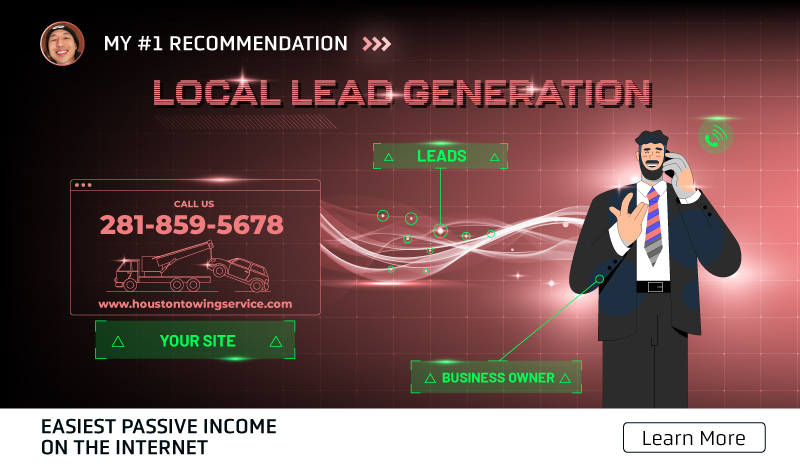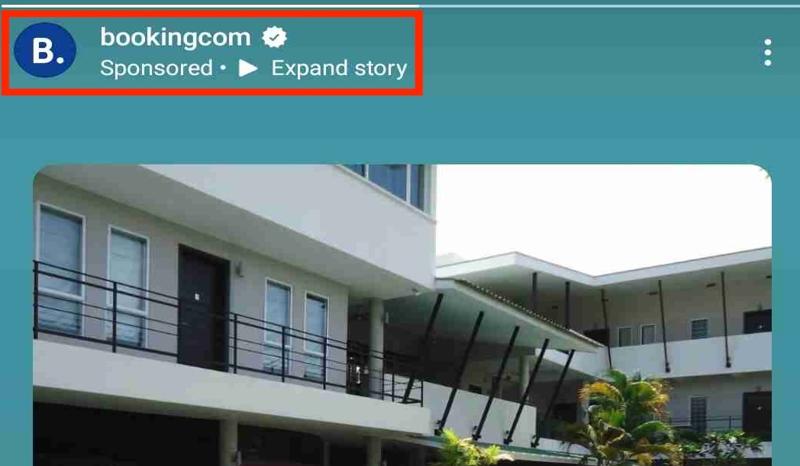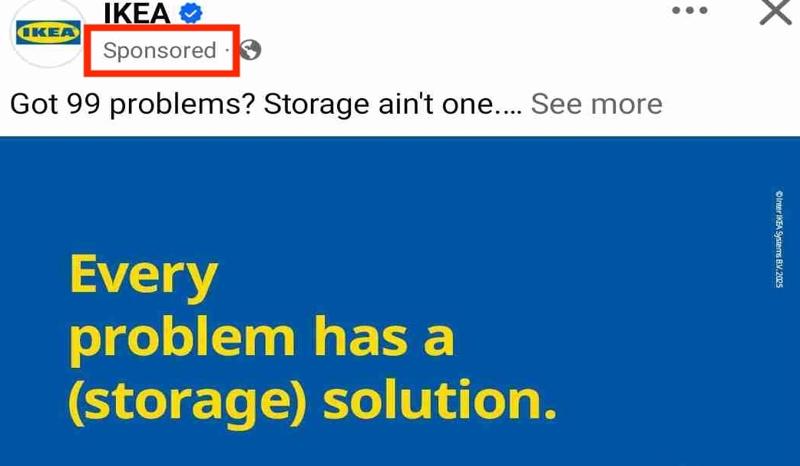Top 9 Performance Marketing Examples and How Paid Ads Work
Updated On
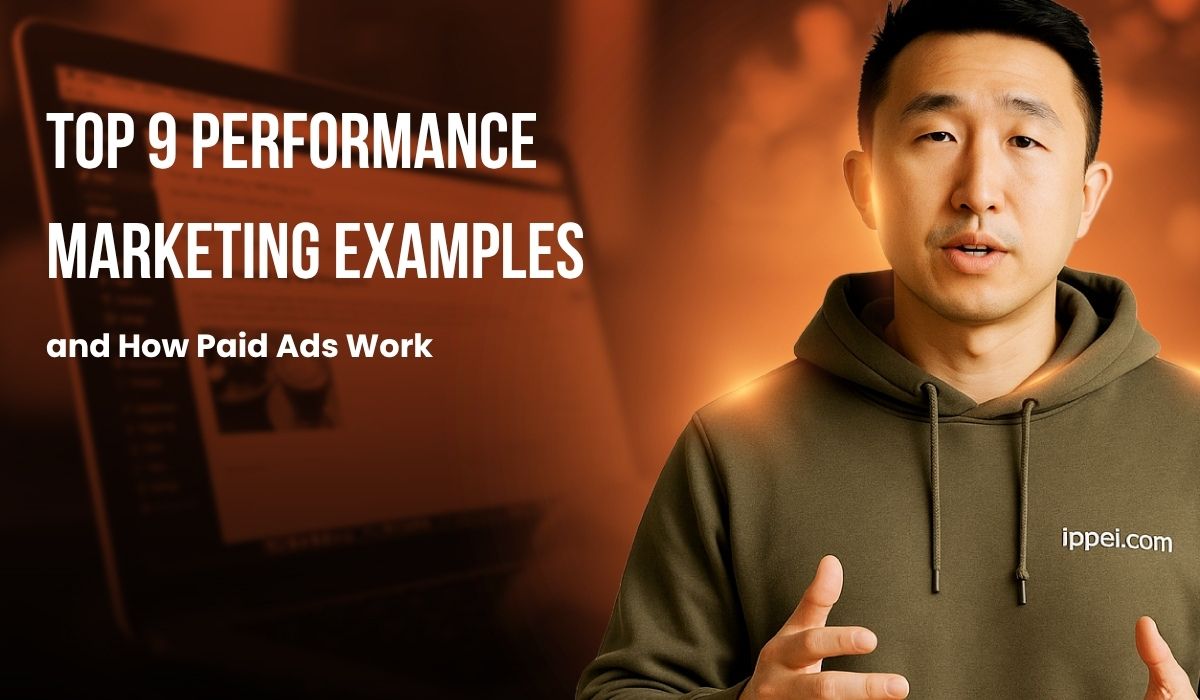
The top 9 performance marketing examples are:
- Social media ads
- Search engine campaigns
- Sponsored content
- Display ads
- Native ads
- Affiliate marketing campaigns
- Email marketing campaigns
- Content marketing campaigns
- Connected TV ads
These paid digital campaign examples are further classified according to platform and function. For instance, social media marketing includes Instagram Ads and LinkedIn Ads. Display advertising covers formats like banner and pop-up ads.

The main factors to consider when using paid ads are:
- Bidding strategy. The two types of billing methods for paid ads are pay-per-click (PPC) and cost per mille (CPM). You only pay for every ad click with PPC. With CPM, your spending depends on the number of times your ad is displayed.
- Target audience. Your ad cost and performance rest on your desired customer segment. Identify your target market by examining demographics, psychographics, and behaviors.
- Ad placement. These include different ad mediums like videos, software, apps, and more. Marketers usually position ads on webpage headers and sidebars.
- Budget. Your ad spend should reflect your business’s goals or client’s capability to pay.
Paid ads improve lead generation and business revenue. Google Economic Impact states that paid campaigns like Google Ads drive a 200% ROI. Other types of performance marketing, like paid social, bring in 2x-3x better return on ad spend (Gravitate Design). Advertisers can boost brand awareness and site traffic by monitoring metrics, such as:
- Cost per click (CPC)
- Customer lifetime value (CLV)
- Cost per acquisition (CPA)
- Bounce rate and impressions
According to Eric Andrews, marketers should track ROI vs digital ad spend. He suggests setting specific CPA targets to identify high-performing strategies and optimize spending. Eric also recommends using prospecting and retargeting campaigns to acquire the right leads. He says that performance marketers must analyze KPIs like conversion rate and click-through rate.
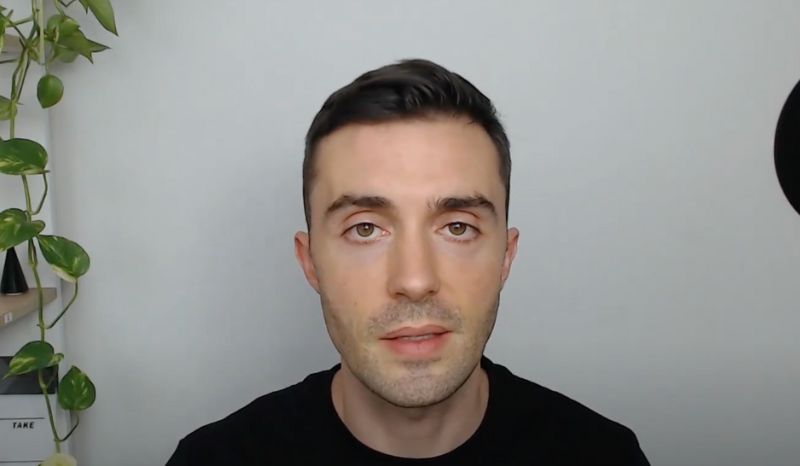
While performance marketing strategies improve business revenue, it entails consistent monitoring and optimization. You need to consider complex data analysis, brand consistency, and fraud risks. Performance-based marketing is a great way to expand brand reach in a short time frame. I’ve used this online strategy multiple times in the past. That’s why I know the difficulty of maintaining simultaneous paid ads without enough marketing budget. I’ve been running free campaigns that generate high-value leads since 2014.
This article features top performance marketing examples and practical applications. We examine how paid campaigns like native advertising and TikTok ads work. We also discuss different ad formats, such as carousel, leaderboard, and expanding ads. Finally, we uncover whether the benefits of performance marketing outweigh the power of organic SEO.
2. Search Engine Campaigns

Search engine ads, or paid search, are campaigns that show up in search engine results. Specific keywords trigger these advertisements. For example, looking up “iphone” elicits related ads like iPhone accessories and apps. Brands bid on high-performing relevant terms to promote their products and services. In fact, 45% of small businesses use search engine ads (LocaliQ). Popular paid search ads include:
- Google Ads - Appear on Google Search, Maps, and Play Google
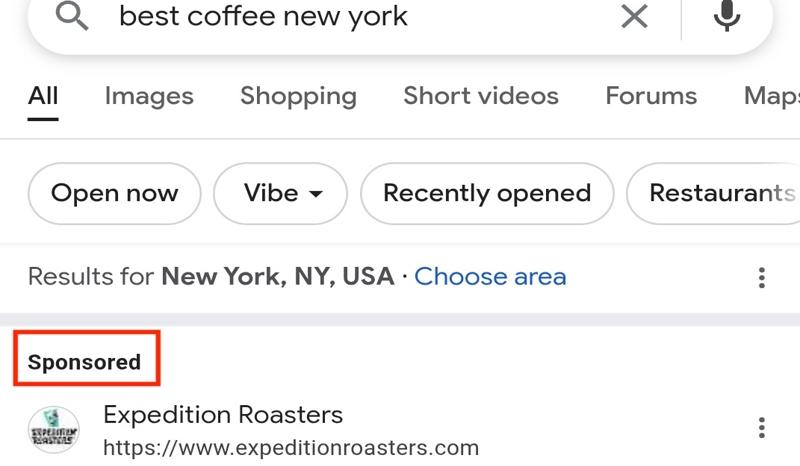
- Microsoft Ads - Appear on Microsoft-based sites like Bing, MSN, and Yahoo
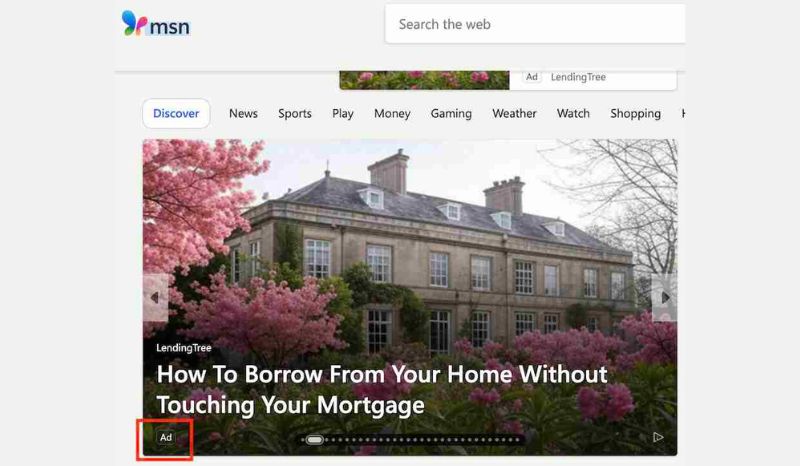
CyberOptik states that search engine ads have an average cost per click of $2.41. These campaigns drive immediate revenue because of high user intent. Businesses using paid search achieve a 4.4% conversion rate on average.
3. Sponsored Content
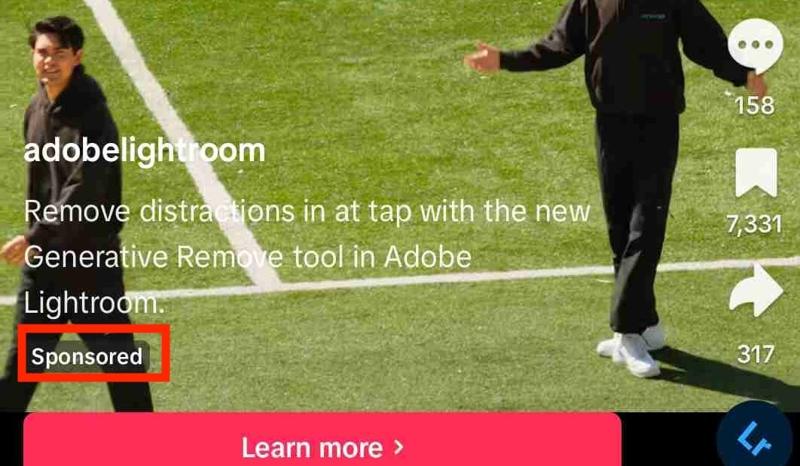
Sponsored content is an advertisement published by an influencer or content creator. It is a popular ad format for performance marketing services like influencer marketing. Brands use these promotional campaigns to maximize the publisher’s audience. As per Nielsen, businesses that use sponsored content experience 50% higher brand lift. The most used formats are video ads like:
- YouTube Ads - TrueView and bumper ads are its two main types of promotion. You can find these in YouTube search results or while playing videos.
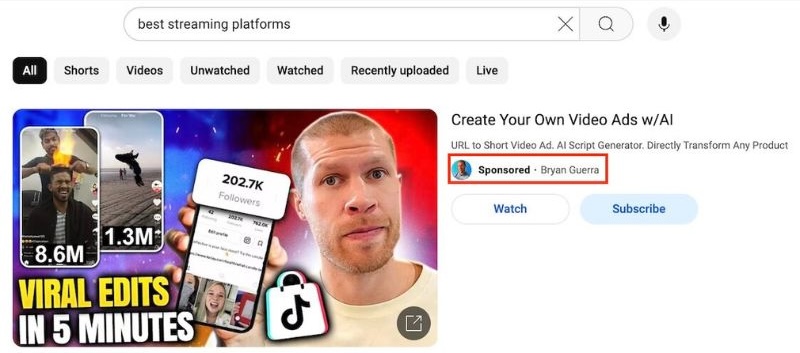
- TikTok branded content - These are publisher-made videos about a company’s product or service.
According to Storyclash, businesses earn 578% in ROI on average on sponsored content. In fact, 13% of brands globally earn over $20 for every $1 spend. Your potential revenue depends on the influencer’s follower count.
Later, a social and influencer marketing service provider, helped a fashion retailer generate a 168% ROI. Their strategy involved finding micro-influencers and consumer advocates to promote their products. The campaign drove 2.3 million engagements and 46 million impressions.
4. Display Ads

Display ads are eye-catching online marketing campaigns that enhance engagement and purchase intent. These include ad placements on websites, apps, and media platforms. Brands use display advertising networks to buy digital spaces for their marketing campaigns. Some popular ones include Apple Advertising, Google AdSense, and AdRoll. According to LocaliQ, 55% of businesses utilize display ads, such as:
- Banner ads - These are rectangular advertisements that are static or animated. They usually appear on the top, bottom, and side parts of a website.
- Interactive ads - They encourage users or visitors to engage with the ad content. Playable or gamified ads are some of the most used ones.
- Interstitial ads - These are ads that pop up and cover most of the platform interface.
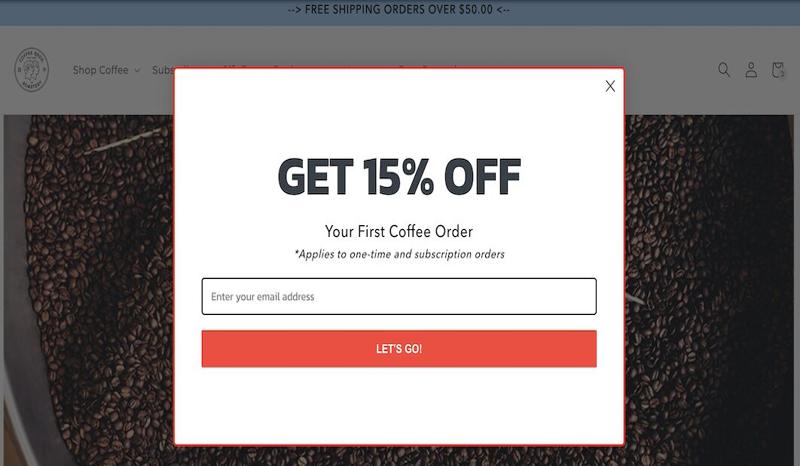
Smart Insights reveals that display ads have a low click-through rate of 0.05%. While its CTR is low, its conversion rate is around 0.55-0.57% (CyberOptik).
5. Native Ads
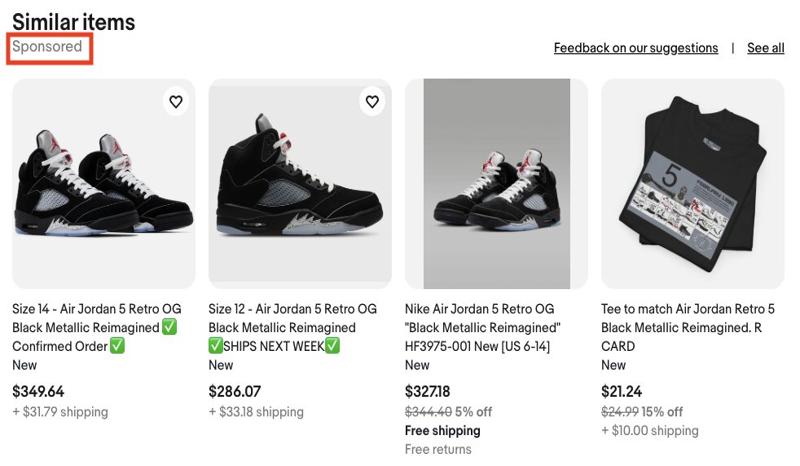
Native ads are non-intrusive ads that look like normal platform content. They appear in videos, websites, and social media feeds. Retargeting is a common performance advertising strategy paired with native campaigns. It’s because businesses prefer to acquire customers in the most natural way. In fact, businesses allocated 59.7% of their marketing budget to native ads in 2023 (eMarketer). Some in-demand native ad types are:
- Promoted listings - These are targeted ads that appear in e-commerce search results. They reflect the user’s recent web activity.
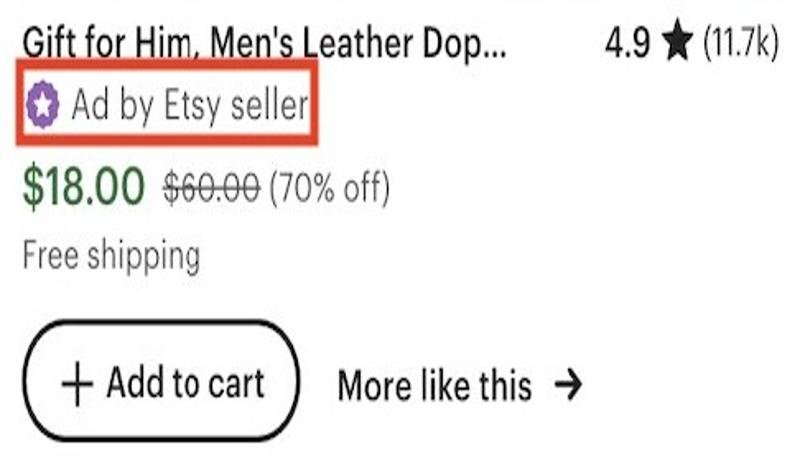
- Recommendation widgets - They appear beside or within normal content. The most common ones are video pre-roll ads.
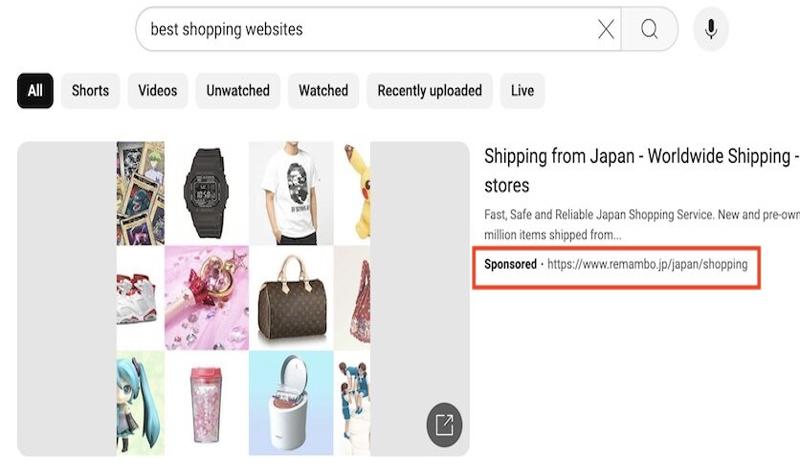
- In-feed ads - These are social networking campaigns that appear as natural user-generated content.
According to Sharethrough, consumers viewed native ads 53% more than display ads. This generates 8.8x better click-through rates (Taboola).
Mornin’ Glory, a razor and blade brand, worked with Taboola to boost their conversion rate to 1483%. They combined their geotargeting strategy with native ads like sponsored content. The campaign achieved 10% higher overall native advertising conversion rate.
6. Affiliate Marketing Campaigns
Affiliate marketing campaigns are online ads that promote a brand’s product or services. Content creators or influencers who develop these campaigns are called “affiliates.” Businesses pay set commissions for every successful lead or sale they refer. Publishers use affiliate links to redirect traffic to a brand’s website. These campaigns appear as an article, video banner, or CTA buttons. A Rakuten-Forrester survey reveals that over 80% of brands use affiliate marketing. Some popular social media platforms for affiliate marketing are Pinterest, Instagram, and TikTok.

As per AffiliateWP, businesses generate an average of $15 for every $1 spent on affiliate ads. Well-known brands attribute 5% to 25% of their total online sales to this marketing channel.
7. Email Marketing Campaigns
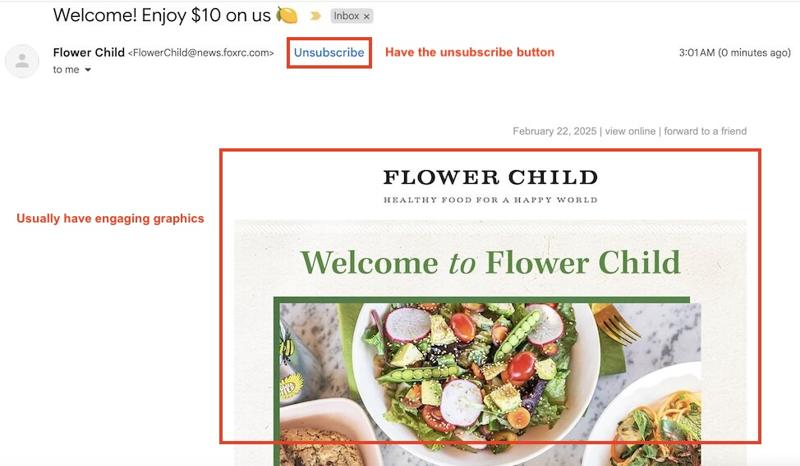
Email marketing campaigns are promotional content sent to a targeted customer segment. Businesses pay for email marketing platforms like Mailchimp, ActiveCampaign, and Constant Contact. Their pricing depends on the contact list, users, added features, and more. Some brands include informational, static, or interactive content to encourage more clicks. These include infographics, videos, guides, and more. The most adopted type of email marketing advertisements are:
- Welcome emails - These campaigns provide information about the company and other things they offer.
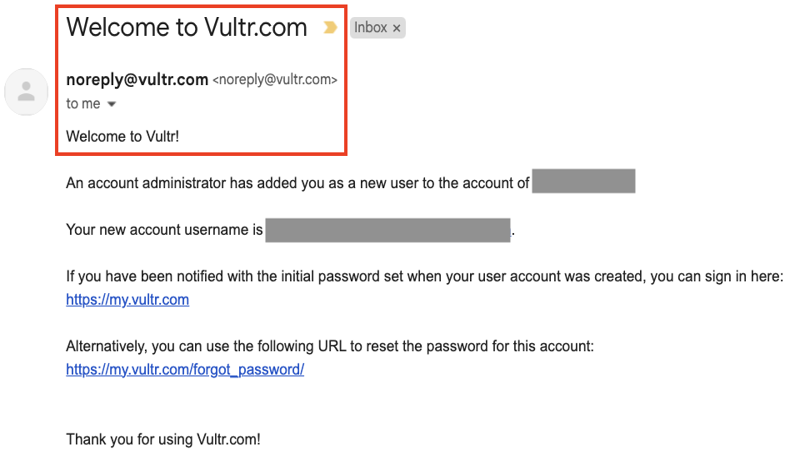
- Promotional emails - These ads show eye-catching graphics on new products, services, brand deals, and more.
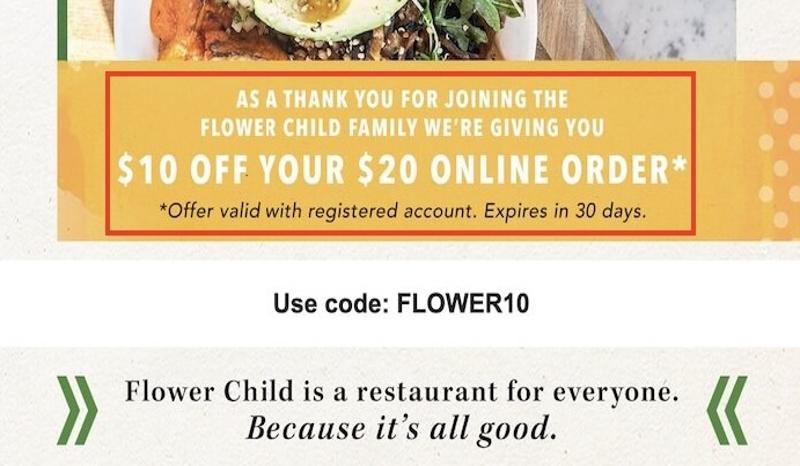
Campaign Monitor’s 2022 report reveals that the average email open rate in 2021 was 21.5%. Thus, companies that use email marketing earn $36 to $45 in ROI for every $1 spend (Litmus).
This Redditor says that email marketing is the best channel to drive high ROI. He uses B2C email campaigns to generate $950K in net revenue monthly. He also reveals spending only $1,200 on an email service provider.

8. Content Marketing Campaigns
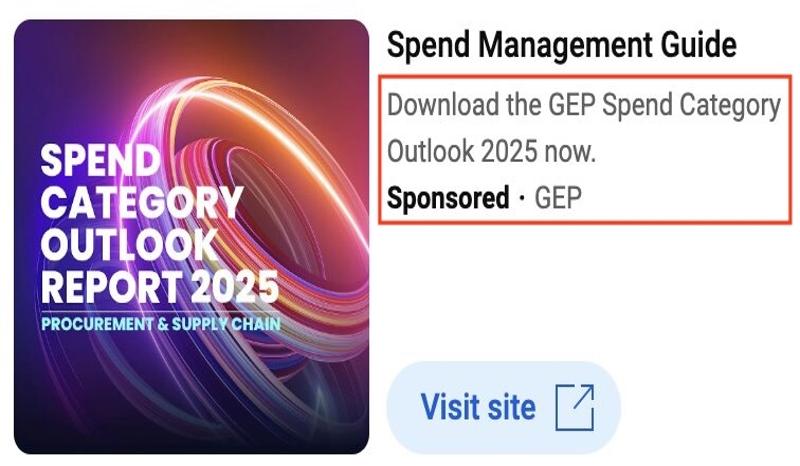
Content marketing campaigns are digital ads that promote brands using custom content. These include written copy, photos, videos, and audio. Advertisers place them on different mediums like social media platforms, websites, and emails. According to Demand Metrics, 90% of businesses use content marketing campaigns. Some well-known formats are:
- Ebooks
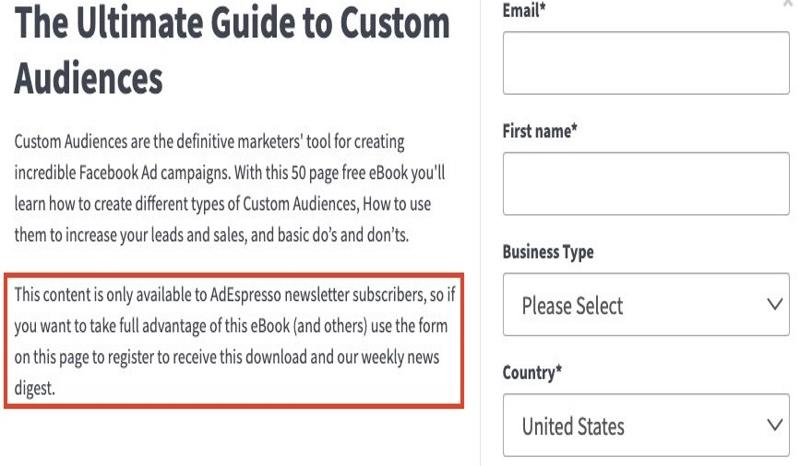
- Case studies

As per Statista, 90% of companies use content in their marketing campaigns. They have 6x higher conversion rates than brands that don’t use this advertising strategy (Aberdeen Group).
9. Connected TV Ads
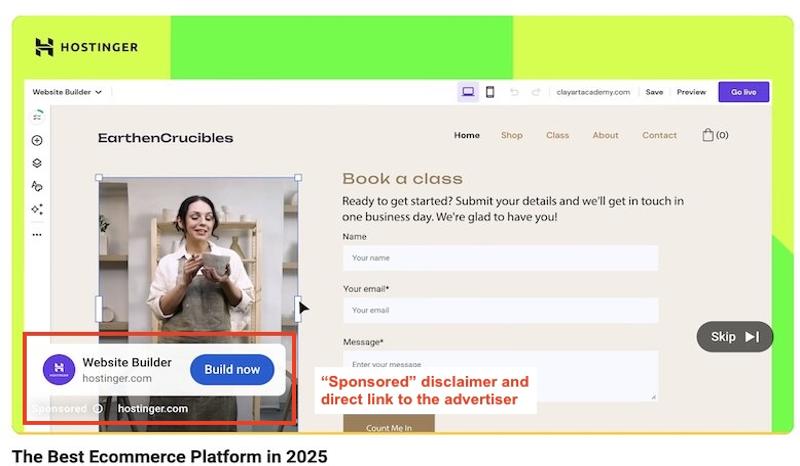
Connected TV (CTV) ads are online video advertisements shown on internet-connected platforms and devices. These include smartphones, gaming consoles, and smart TVs. This type of ad also appears on streaming platforms, such as Netflix, Apple TV, and Roku. The most common type of CTV Ads appear on ad-supported free streaming apps like YouTube.
According to eMarketer, 70% of U.S. advertisers now consider CTV ads crucial to their marketing strategy. This ad type drives 20% higher ROI than traditional TV (Ad Age).
Volvo, a Swedish automaker brand, boosted its sales by 35% after launching connected TV ads. Its S90 car campaign appeared on Samsung and Roku devices. Volvo’s ads generated over 526,000 unique engagements.
Are Traditional Ads Considered as Performance Marketing?
No, traditional ads are not considered as performance marketing because this ad type:
- isn’t paid according to audience actions like clicks or conversions. In traditional advertising, businesses pay for ad space.
- is geared towards broader customer segments.
- isn’t measured using specific metrics like cost per click and customer lifetime value.
- focuses on brand awareness and reach. Performance marketing centers on direct results and increased customer acquisition.
Some examples of traditional ads are print ads, direct mail, and radio ads. In contrast, top performance marketing channels include social media marketing and affiliate marketing.
Is Performance Marketing Better Than Growth Marketing?
No, performance marketing isn’t better than growth marketing . Both online methods have different functions, results, and strategies. Performance marketing focuses on short-term, quick customer acquisition and revenue generation. It is suitable for businesses with a set budget and who want to target bottom-funnel consumers. Growth marketing entails long-term audience engagement for brand building and customer retention. It is ideal for companies who want to use organic marketing to serve the entire customer journey.
Why Local Lead Gen Surpasses Performance Marketing Gains
Local lead generation surpasses performance marketing gains because it is more targeted. It maximizes niche-specific local services that have high demand and potential. You’re going for customers with high intent to buy. While performance-based advertising identifies its target audience, it focuses on a brand’s global market. There are more industry competitors than localized organic marketing. You need to create engaging and fresh content to capture your target market.
Local lead generation entails selecting niche services and building individual websites. Then, you produce domain-relevant content to organically rank on search engines. Once you rank on Google, you generate potential customers that are ready to buy. Finally, forward these leads to local businesses and earn $500 to $2,000 per site.

Making recurring revenue with a performance marketing strategy requires spending money on ads. But with the local lead gen method, you drive 80% to 95% in profit margins with minimal costs.

Follow Me
Ippei Kanehara
Founder/CEO
$52K per month providing lead generation services to small businesses
Ippei.com is for digital hustlers, industry leaders and online business owners.
His #1 online business recommendation in 2024, is to build your own lead generation business.
